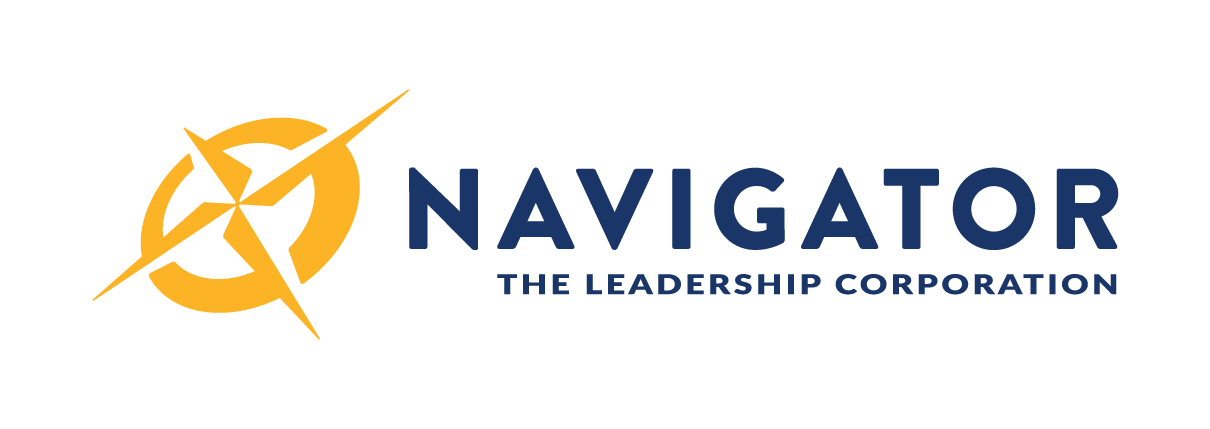Have you ever walked by a painting or portrait on the wall that wasn’t straight? Sometimes it’s all you can focus on, no matter how beautiful the artwork or picture might be. If something is out of balance, you can’t help but notice, and our first instinct is to adjust the picture until it’s balanced just right.
From a distance, it’s easier to notice and point out something that isn’t balanced, and observing people, particularly leaders, are the same way. Balance is a key for consistency, and consistency is a key aspect of leadership integrity. We may not realize when we are off balance unless we take a step back and look closely. That’s why it’s important for a leader to reach in the toolbox from time to time and pull out a level to observe themselves and make sure they are maintaining balance in their personal and professional lives.
Balance keeps a leader focused and allows him or her to bring their best thoughts, attitude, and leadership abilities to the table each day.
If a leader becomes off-balance, they might suffer from:
- Lack of focus
- Burn-out
- Show more aggression
- Make poor decisions
- Hiring the wrong people
Furthermore, a team is often a reflection of a leader’s identity. If a leader is out of balance, there’s a higher likelihood that the team will be out of balance and team members might display the shortcomings listed above.
Here are a few tips for maintaining personal and professional balance as a leader.
- Take care of your health and well-being. If we expect to lead others to be their best, we should be at our best, and we can’t be our best if we aren’t taking care of ourselves. Be sure to reference your 8-Dimensions of Wellness from time to time and see where you might need to focus more of your time and energy.
- Be sure your daily habits are servicing you for your best possible days. Be especially sure that you control your mornings with a good routine to set yourself up for optimal success and mindset.
- Seek feedback. Maybe you’re out of balance, but you’re so caught up in the fire you don’t realize it. Ask people around you that you trust from time to time about what they see.
- Know what to delegate and when to delegate. One significant task of leadership is letting the right people take ownership of tasks, projects, etc. Letting others take work off your plate can be rewarding for you (provides freedom) and those you empower (provides opportunity for development).
- Take time each week to turn off all phones, tablets, and computers for a few hours and spend time with the family, spend time in nature, or anything else you enjoy doing where you can get away from distraction.
- Take time for reflection. In the fast-paced world of today, quiet time can get away from many of us. Plan daily and weekly reflection time to ask yourself questions and evaluate day-to-day experiences.
- Go to events. Events can rejuvenate and recharge your spirit. Plan to attend 1-2 events each year that spark your professional development and allows you to be around like-minded individuals.
- Spend time serving the community. All communities are stronger when great leaders get involved. Whether it’s serving the youths, elderly, or just being a good neighbor, find a way to be there for the people who could use your help.
Ultimately, the best strategy for maintaining balance is up to the leader to figure out. A leader needs to know how to refuel themselves mentally, physically, and spiritually to be at their best for themselves and for their organization. The people being led deserve it. And so does the leader.
Balance is a feeling derived from being whole and complete; it's a sense of harmony. It is essential to maintaining quality in life and work.
Contact Us
Do you or the leaders in your organization need to develop their toolbox?
Email us at info@nav2lead.com or call us at 888-771-5812
We’ll help you or your leaders figure out a growth plan to equip and lead more effectively to see better results throughout the entire organization.
This blog was written by Nick Sherwood for the Navigator Leadership Corporation.

